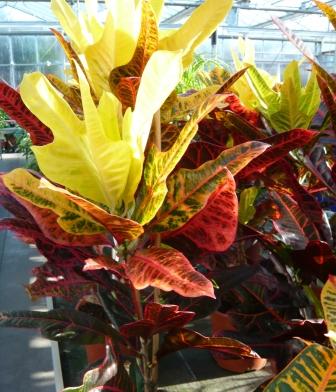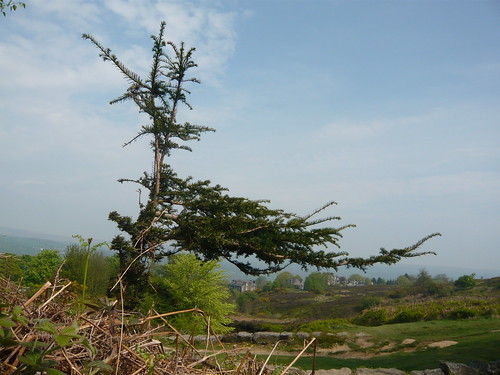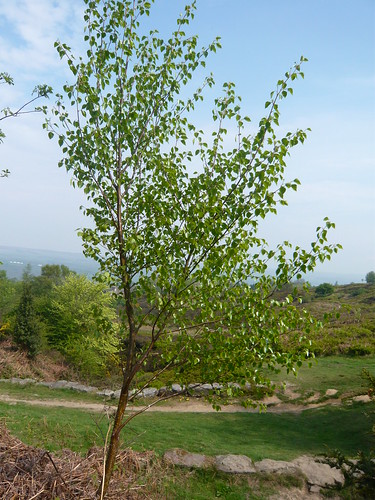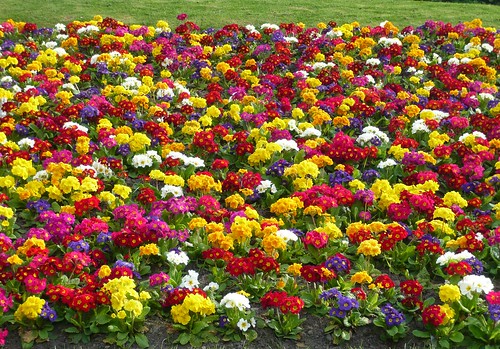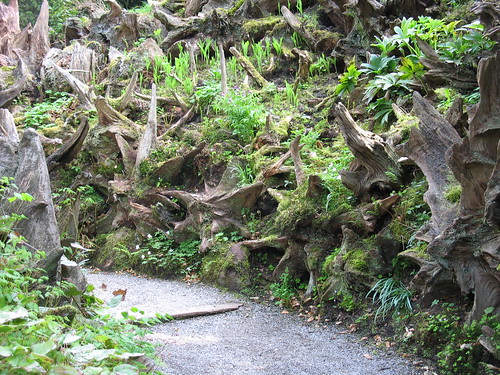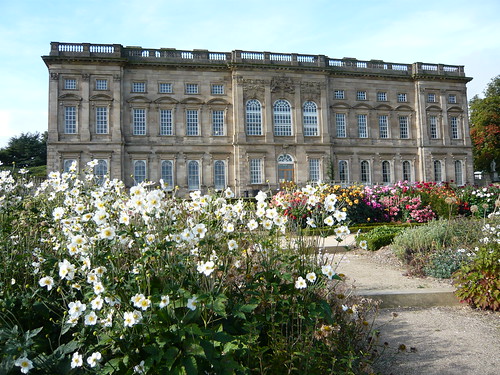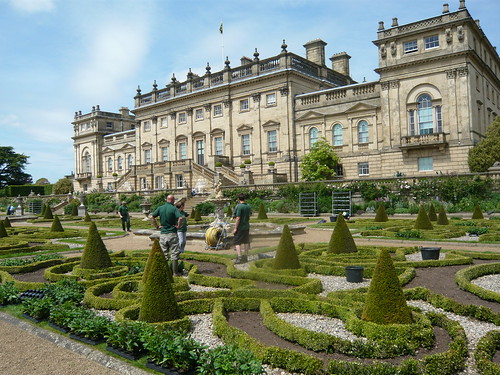Greenhouse Tools and Equipment
Good Ventilation
You need at least one roof ventilator and one side ventilator to get good air changes. The roof ventilator is the most important for allowing hot air to escape. Windows at both sides of the greenhouse can be beneficial. Louvered windows are very useful as they are easy to operate and I find hinged windows less stable in wind. Automatic ventilators are available that open the window using a plunger system. Obviously the door is a great ventilator and should be left open when temperatures reach 80 degrees or humidity is 100%. I have never needed an extractor fan but for a large greenhouse a slow moving fan can help some crops.
Temperature Control
A max/min thermometer should be suspended near to greenhouse plants at eye level on the northside of the greenhouse. Digital or traditional versions are available.
Insulation by plastic double glazing on a simple frame will help heating costs but cut down on the suns rays. Bubble wrap is another product to consider and if that cuts down on too much light it can be restricted to the north wall.
A warm greenhouse needs minimum temperatures of 55° F, a cool greenhouse may only need heating in winter to retain 45° F. Electric fan heaters are the popular choice as they also help move air around and you don’t need to move fuel around. Paraffin heaters are cheaper to buy and run but they produce water vapour that can encourage grey mould. Similar issues arise with bottled gas heaters. Piped hot water is a luxury but apart from the cost of installation there are few draw backs.
I also have an under soil electric heating cable for starting seeds and cuttings. They put heat exactly where you want it and are economic to run.
Staging and Shelving
Benches or stages are needed to be able to work at a comfortable height and increase the working area as you can use underneath. Wooden slats, mesh or solid benches are available. I use slats on a bench down the north edge of the greenhouse. A collapsible shelve allows you to grow more tomatoes when spring plants are finished.
I have an alluminium frame greenhouse and there is a neat plastic device that fits anywhere there is a bar. It allows you to string or suspend from. This cedar greenhouse from Alton looks good and shows ventilation and staging






